Video represents the majority of online traffic, and most active internet users watch several videos daily. People tend to consume videos for education, shopping, work, and leisure. Hence, videos have become the key component of many content creators’ monetization strategy.
But which platforms are the best for creating and sharing videos? How do these platforms differentiate themselves from their competitors? This article explains just that.
What are video sharing platforms?
They are websites where you can upload, share, and watch videos. You can upload your videos for public consumption or restrict them to a select audience. Video sharing websites come in different formats. There are social platforms like YouTube and Vimeo that have highly interactive features. Then, there are platforms like Google Drive and WeTransfer that provide infrastructure for sharing videos but have no social features. You can choose the one suitable for your audience and monetization strategies.
Can you monetize video content?
Yes, you can earn considerable ad revenue from your video content. An effective way is to direct your video traffic to another website monetized with ads. You’ll get paid when people visit that site and click on an ad.
Below is a case study of a tech blogger who successfully monetized his YouTube channel. He created engaging content on YouTube and directed viewers to his website for more information. This website was monetized with Adsterra ads, earning him money when people interacted with the ads.
Here’s another case study of a content creator who directed YouTube viewers to his website, which contains informative gaming guides and pro tips. His gaming website was monetized with Adsterra Banner and Smartlink ads, earning him up to $800 monthly.
With 15,000+ advertisers and $87 million in annual payouts, Adsterra empowers you to earn lucrative amounts from your blog or website whichever content you create.
The best video sharing platforms
Frame.io – Best for collaborative editing
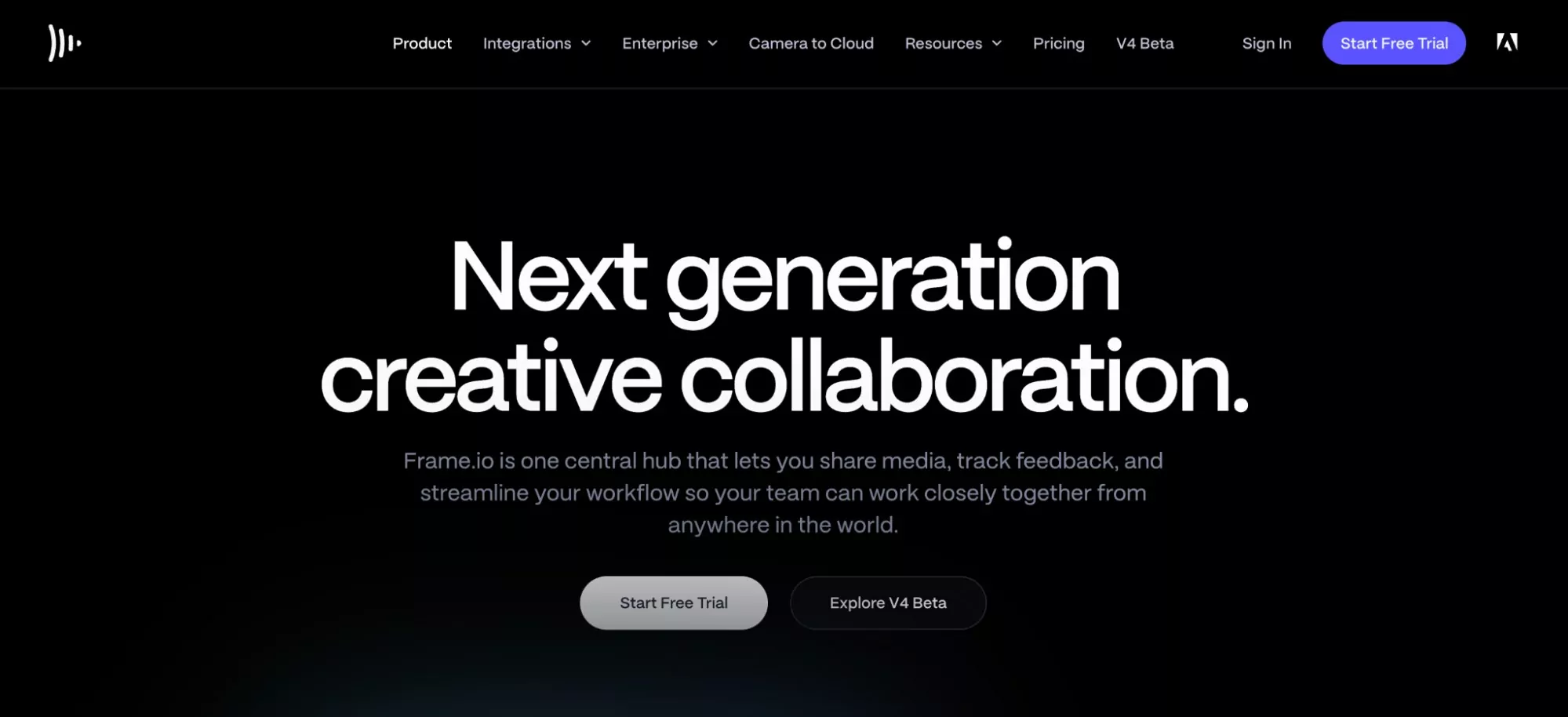
Frame.io is one of the best video sharing platforms known for its collaborativeness. It makes it easy for multiple people to collaborate on video editing. Users can leave comments for each other, and there’s a clear audit log to see every user’s changes. An intuitive interface shows all the comments and notes on the same dashboard, making it easy for everyone to follow.
After editing, you can host and share your videos with anyone. However, the drawback is that you can’t embed Frame.io videos on other websites. Anyone who wants to watch your videos must visit the Frame.io link. This platform enables teams to create professional videos for their websites, boosting engagement and traffic that’ll be monetized with ads.
Google Drive – Best for free storage
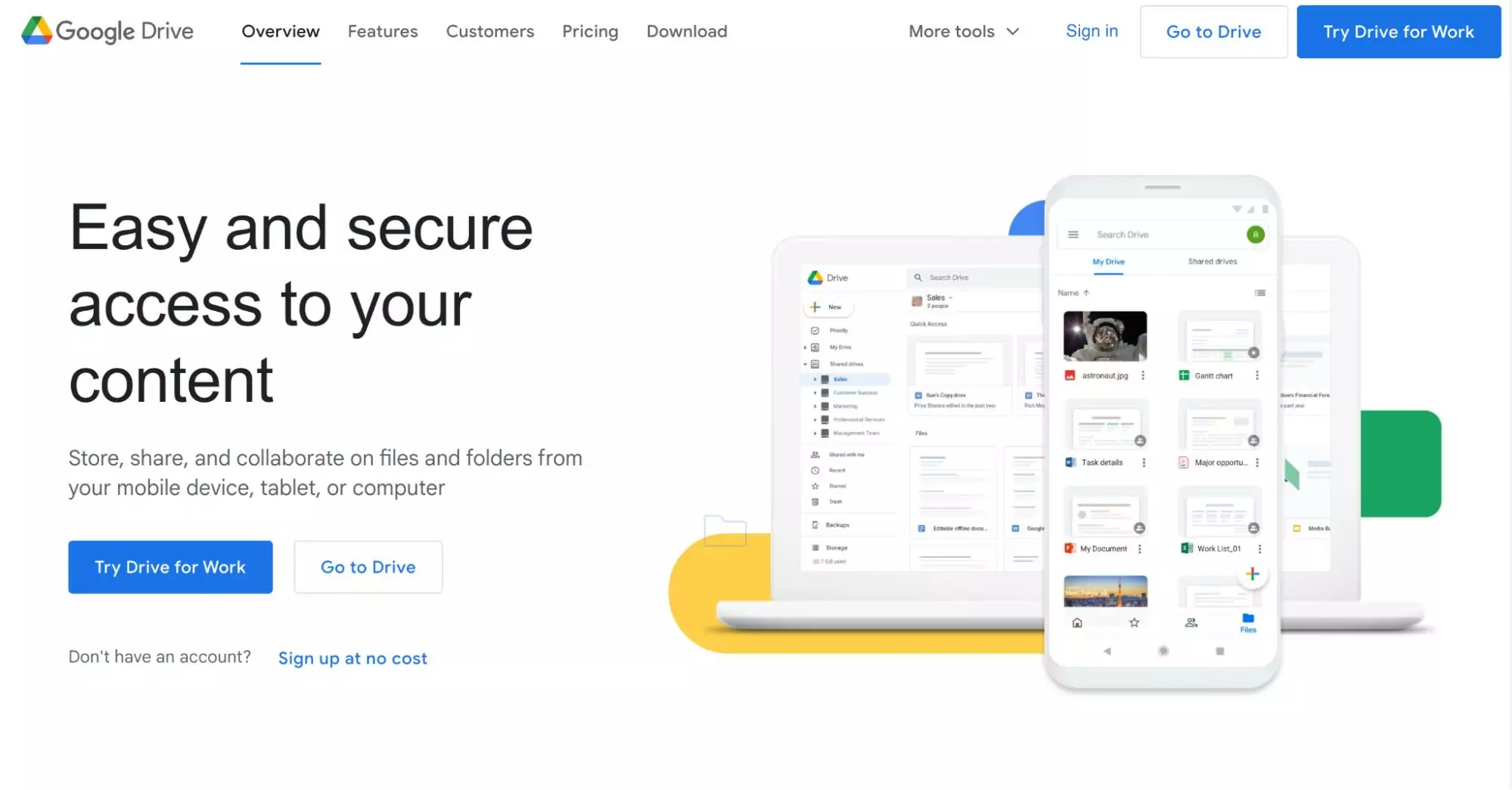
Google Drive is not a video sharing software per se. It’s a cloud storage platform that lets you share videos seamlessly with other people. However, there are no social features like you would find on YouTube and TikTok. The only person who can view your video is whoever you send the link to.
A good thing about Google Drive is you control what your viewers or collaborators can do with your videos. For example, you can let someone download the video and another only watch without downloading. This platform has an intuitive interface that makes it easy to share videos with others. Google offers 15 GB of free storage, and you can pay a few dollars monthly for additional storage if you surpass the 15 GB limit.
WeTransfer – Best for speed
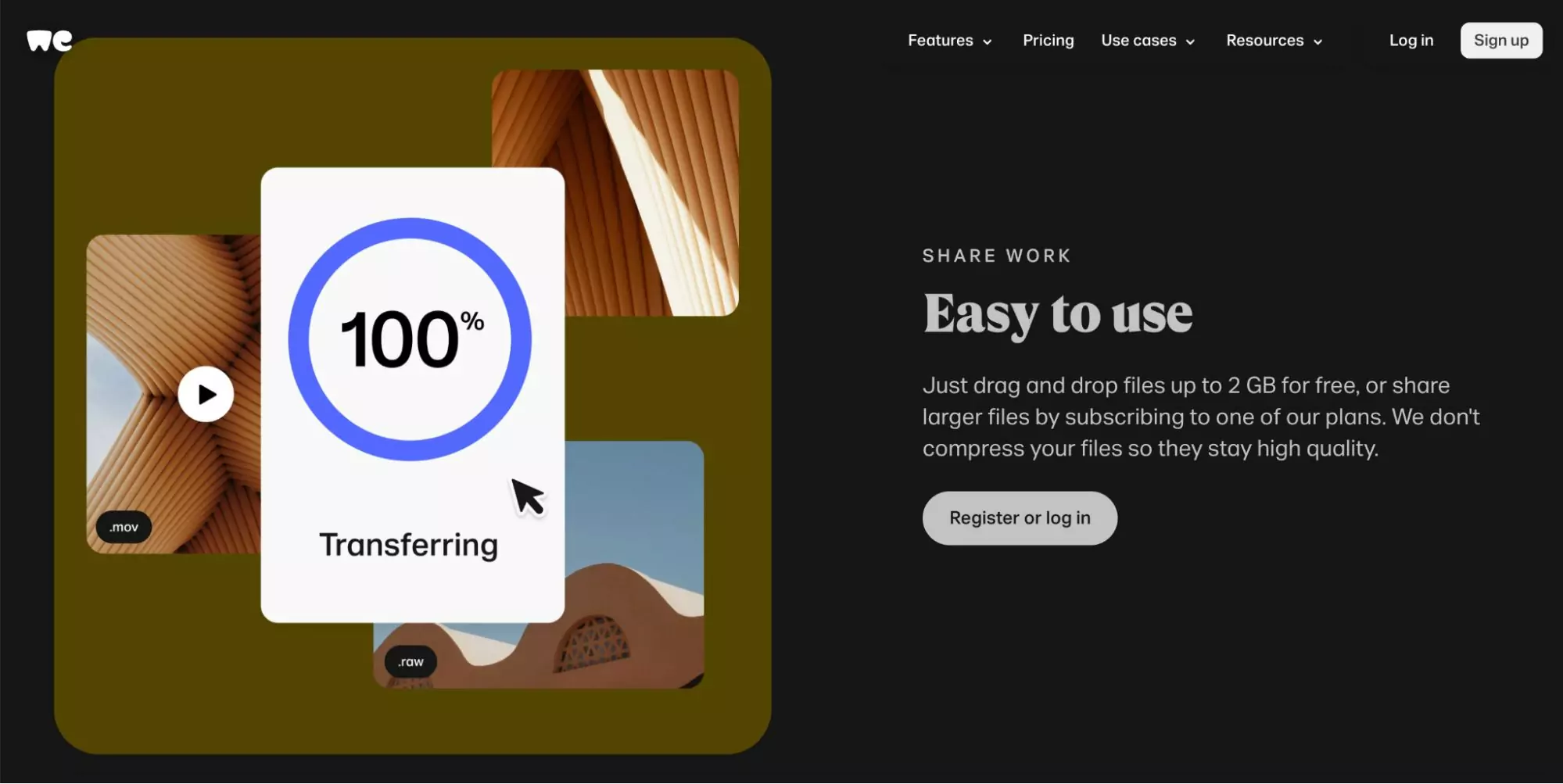
As its name suggests, WeTransfer is a file transfer platform that allows you to share content seamlessly. You can upload and share videos of up to 2 GB for free, but anything above this limit requires a monthly subscription.
WeTransfer is known for its lightning speed. Itsupports videos in different formats (AVI, MP4, MOV, MPEG, 3GP, etc.). However, it has no social features that enable people to discover your videos. It’s merely a backend platform to host your videos, and you are left to figure out how to increase your views. This makes it more challenging to build a loyal audience.
YouTube – Best for audience reach
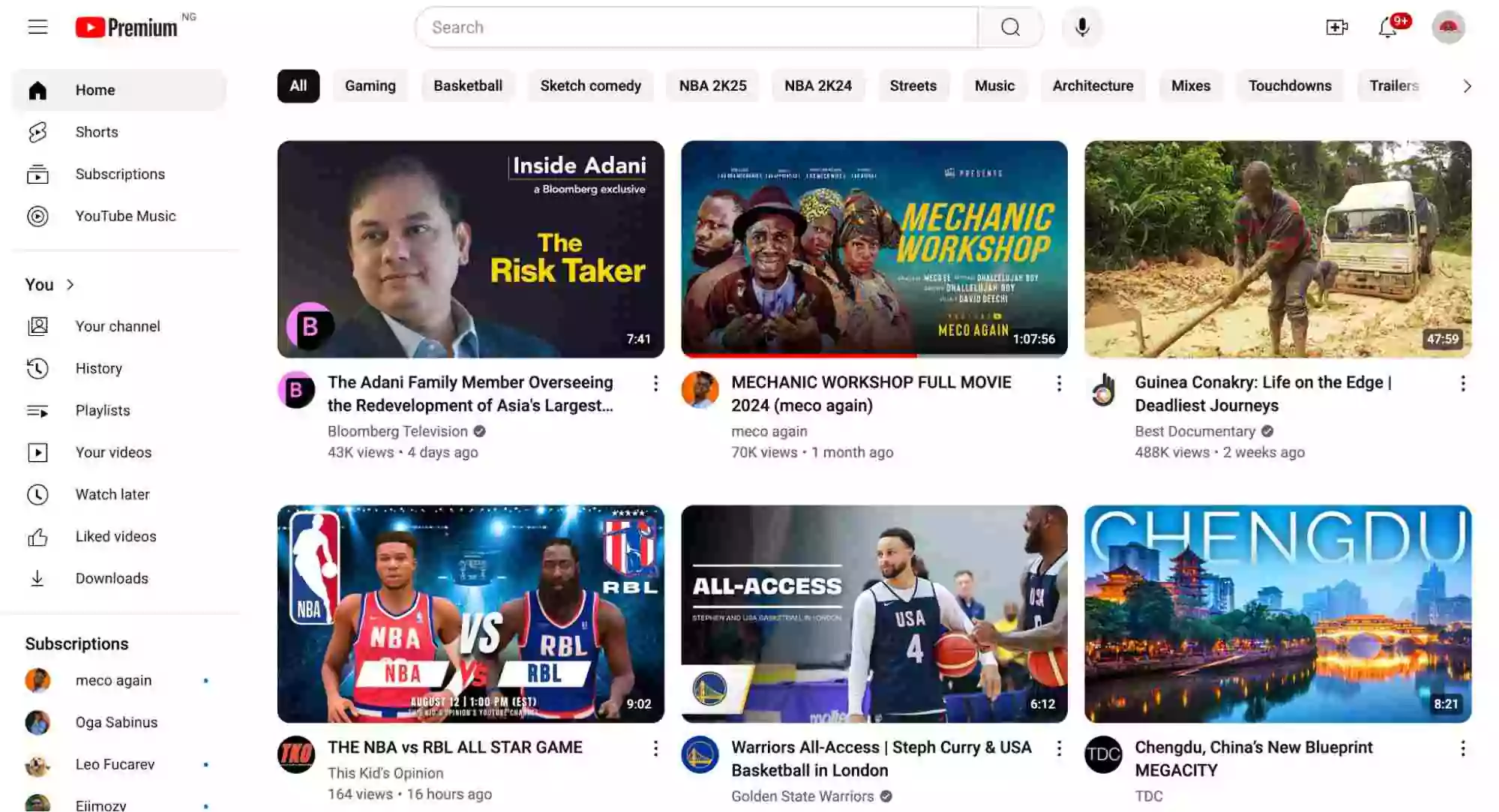
YouTube is the most popular video sharing platform and the first thing most people think of when it comes to videos. With 2.7 billion monthly active users, YouTube has the broadest reach of all video sharing platforms. It’s perfect for content creators who post generalized videos, as YouTube has a healthy balance of viewers interested in diverse categories of videos. It provides ample opportunities to direct traffic to your website, which you can monetize with Adsterra ads.
YouTube is free and supports up to 8K resolution for video uploads or live streaming. It is heavily indexed by search engines and allows you to add descriptions, captions, and tags to increase your chances of ranking high for relevant search queries. The main drawback is the intense competition between content creators of all genres, but you can still build a loyal audience if you play your cards right.
Vimeo – Best analytics

With 230 million users, Vimeo is the second-most popular video sharing platform after YouTube. It’s a popular YouTube alternative with its distinct advantages. For instance, it offers more complex video editing tools, allowing creators to add effects and text to make their videos stand out. You can upload or live-stream videos to your target audience in up to 8K resolution.
Vimeo offers extensive analytical and video management tools. You can password-protect your videos to prevent unauthorized access or block people from embedding your content on another site. Comprehensive analytics make it easier to foster engagement. The main drawback is Vimeo’s limited reach compared to YouTube.
Twitch – Best for gaming videos
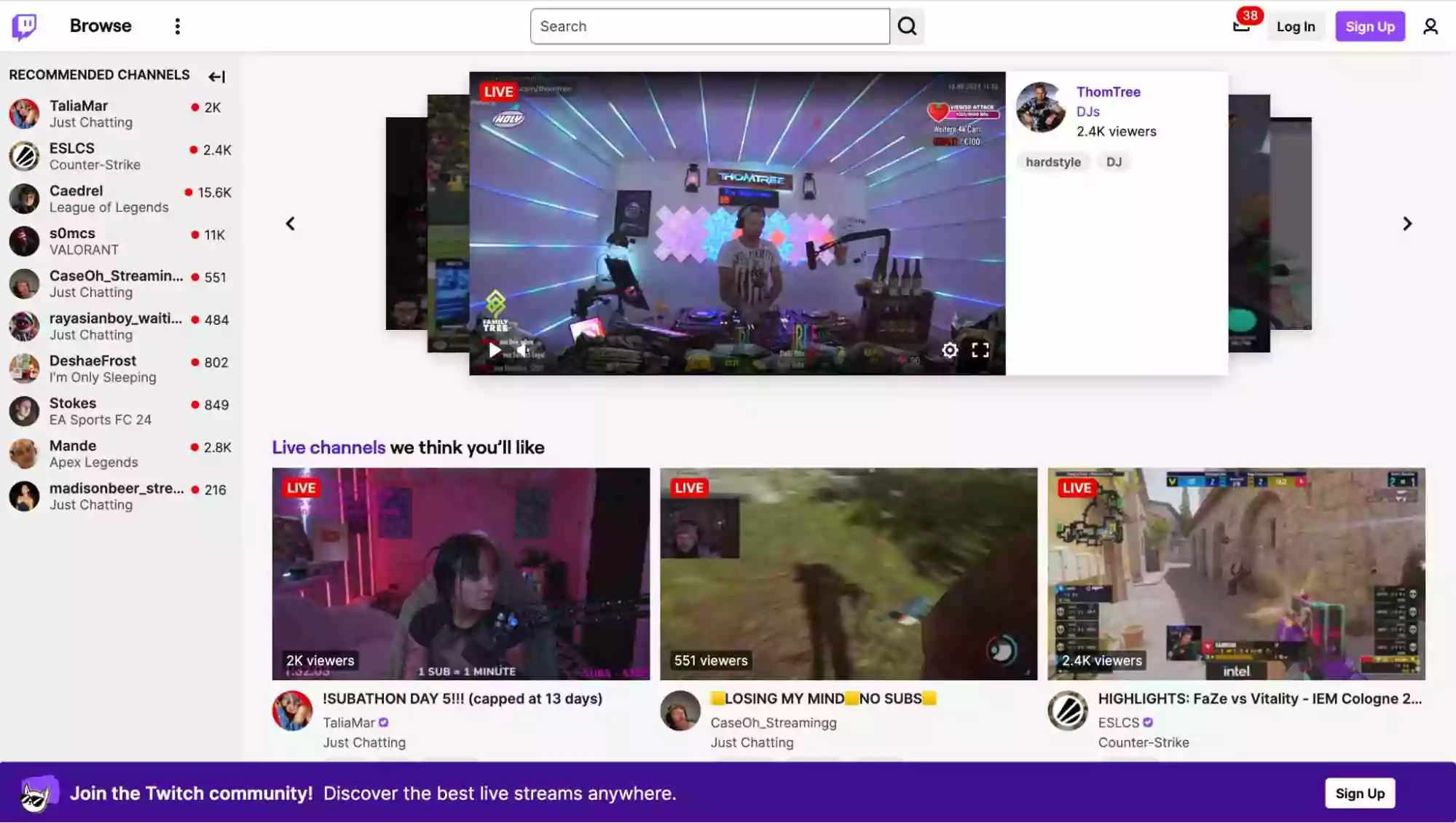
Twitch is a live-streaming platform dedicated to video gaming. You can find other types of content on it, like music broadcasts, but gaming accounts for most of its content. This platform is perfect if you’re a game streamer who wants to build a fanbase. You’ll find the right audience on it, which you can convert by sending traffic to your blog with ads or a landing page with Smartlink.
This platform is free to use, and people can watch your live streams whether or not they create an account. Twitch supports streaming in up to 1080p Full HD but not 4K. The main complaint about Twitch is its limited reach because of its focus on gaming. However, it’s worth noting that quality trumps quantity in content creation and monetization. Also, grab the chance to discover more about how to live stream and earn money in our special article.
TikTok – Best for short videos

Despite launching less than a decade ago, TikTok has become a massive social video sharing platform with over 1 billion active users. This app gives users endless streams of short videos, usually less than 60 seconds in length. TikTok is ideal for content creators who can compress valuable information into the shortest possible length. Its massive user base offers ample opportunity to direct traffic to your website and earn money from ad formats like Smartlinks, Social Bars, and Popunders. It is free to use.
TikTok has a diverse audience, making it possible to get viewers regardless of your genre. The main drawback is that TikTok isn’t suitable for long-form informative content, and creators must maintain a rigorous posting schedule or risk falling behind.
Dailymotion – Best for established media brands
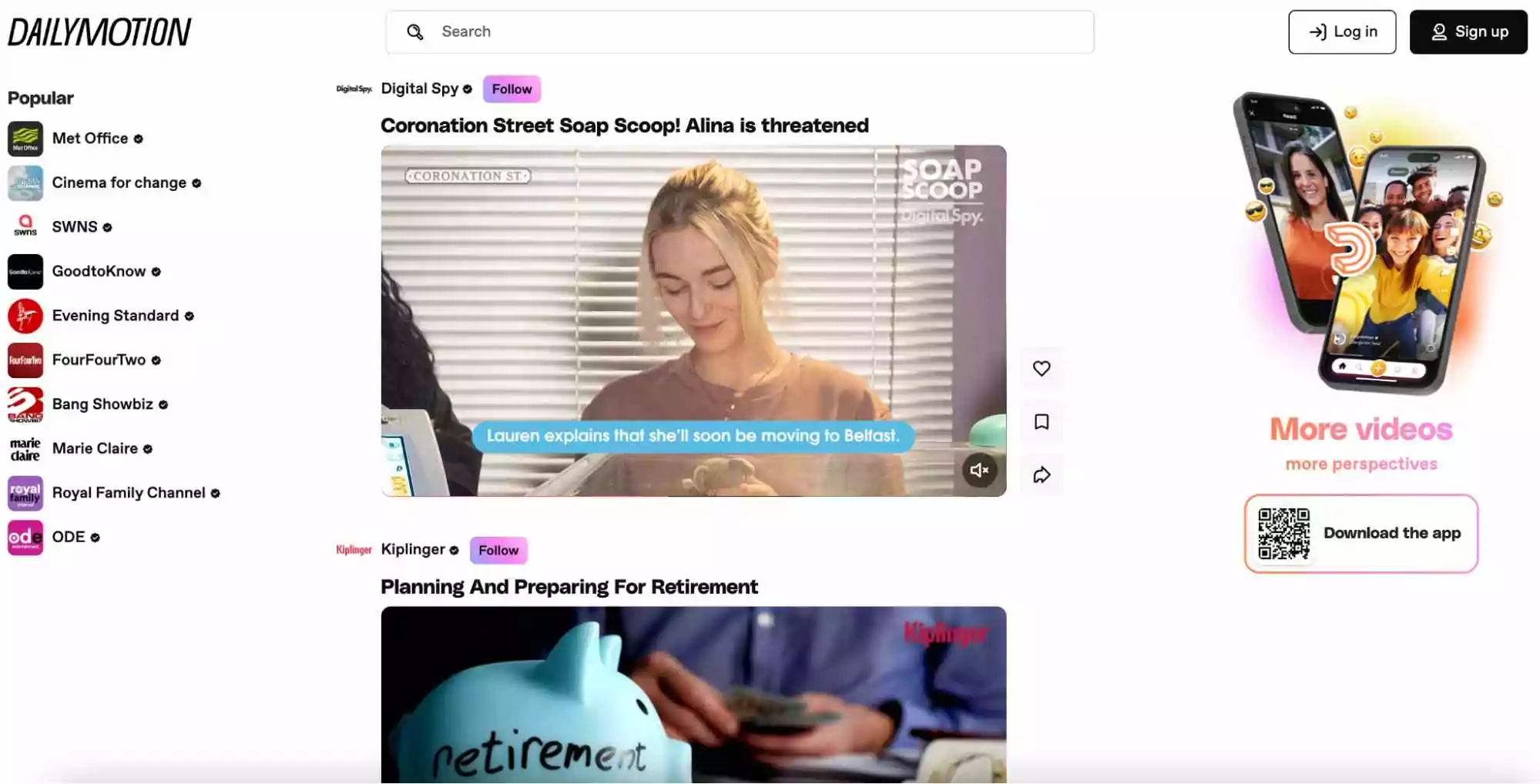
Dailymotion is a video sharing platform for sports, entertainment, and music creators. It has millions of users who watch and engage with videos from their favorite creators. However, most creators on this website aren’t individuals but media brands with an established audience elsewhere. It’s challenging to build a following from scratch on this platform.
If you already have a loyal following on YouTube and other platforms, you can open a Dailymotion channel to supplement it. This platform lets you add descriptions, captions, and tags to improve your discoverability.
Facebook Watch – Best for live streaming
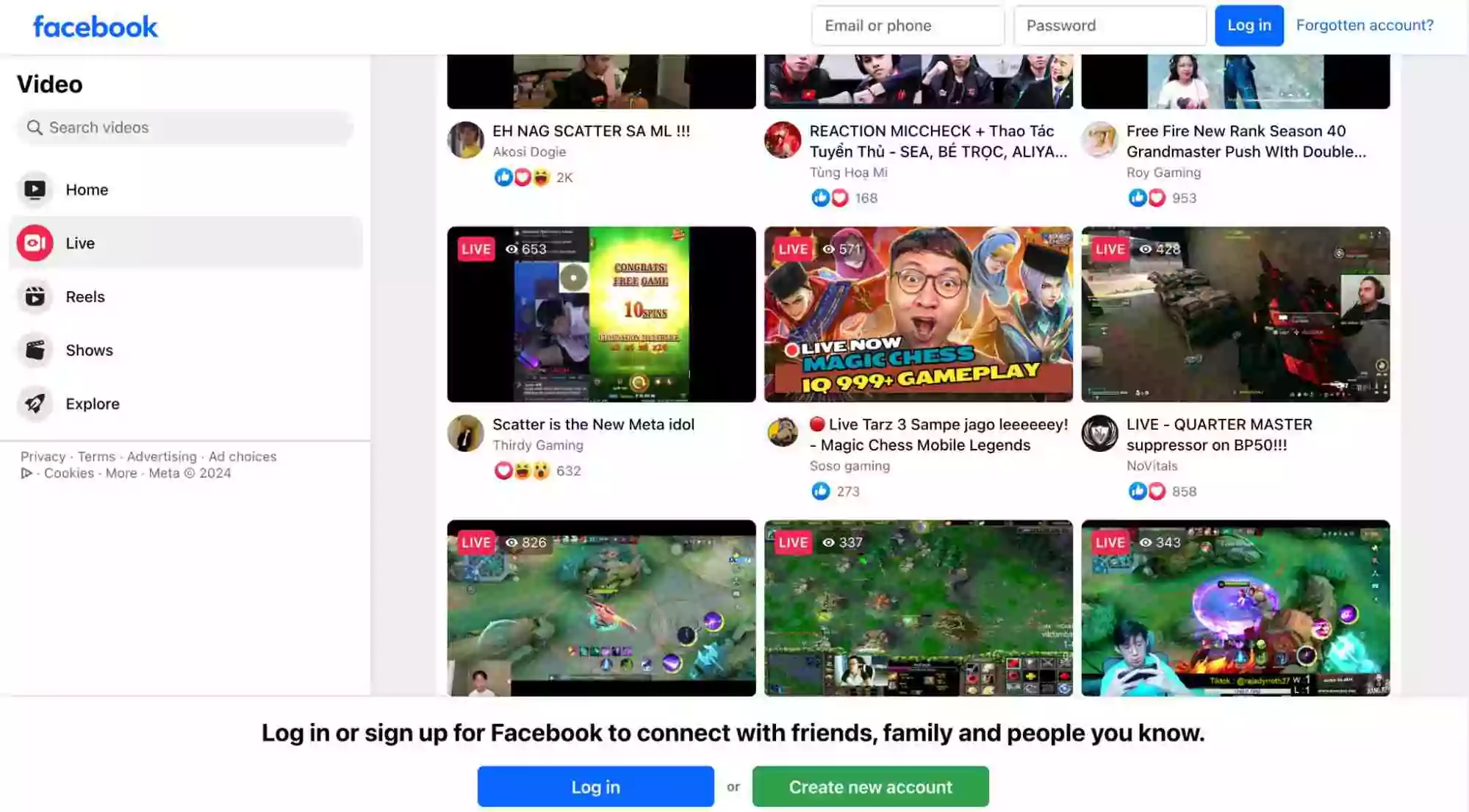
Facebook is the largest social network by a large margin, with 3 billion users and counting. Facebook Watch is the video sharing platform attached to this network, enabling users to watch and share diverse content with friends.
A good thing about Facebook Watch is its high discoverability. People often share videos they watch, and Facebook constantly recommends diverse content to users. Getting views on Facebook Watch is easier than most other social networks. You can post links directly in video descriptions.
Adsterra empowers you to earn extra income. Send traffic to external web pages from your social media accounts and monetize it with user-friendly ad formats.
Instagram – Best for interactive videos
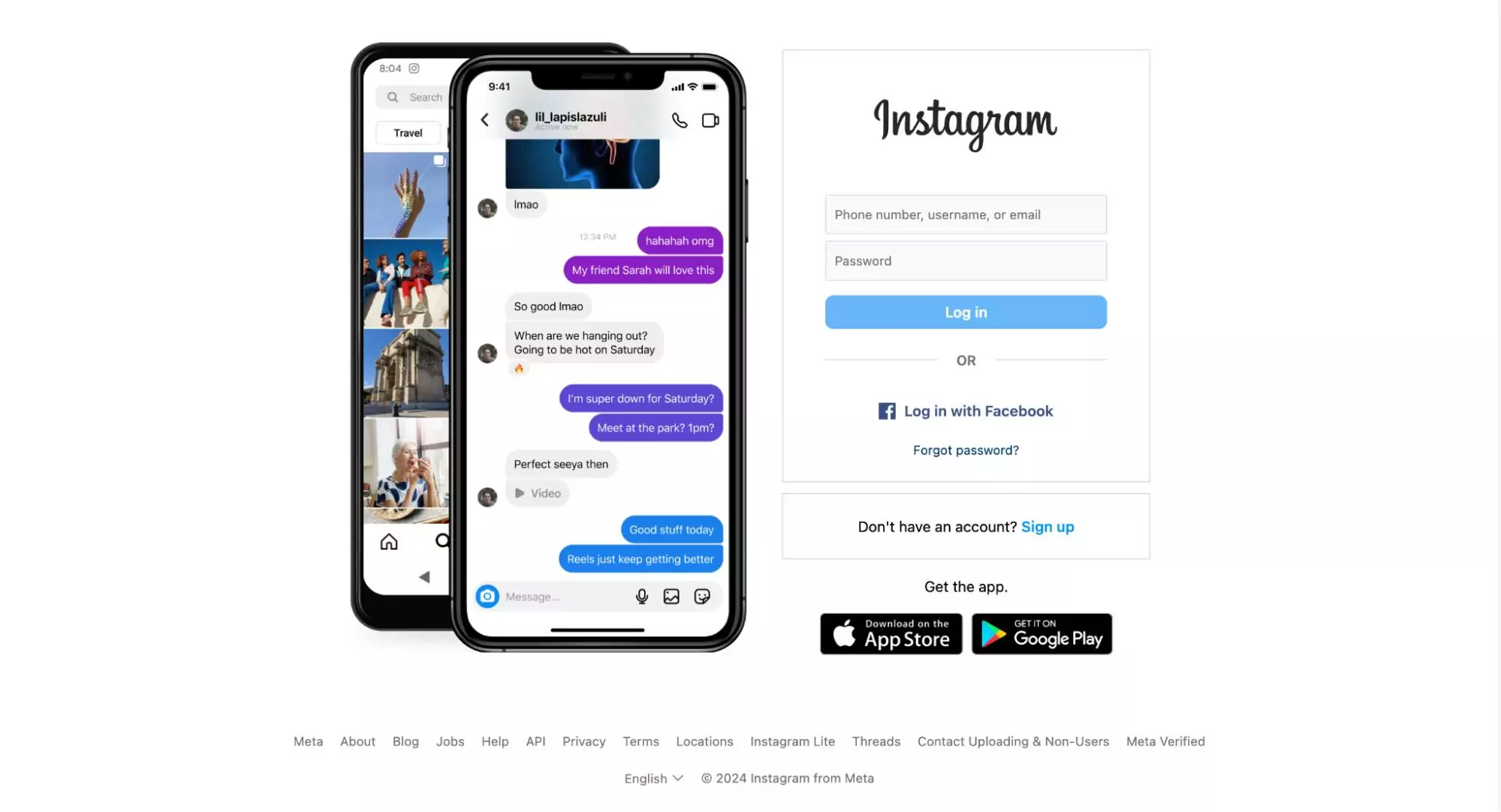
With 2 billion active users, Instagram gives you a massive reach you’ll hardly find elsewhere. It supports short and long-form videos, although it is primarily used for the former. Instagram has a diverse audience spanning fashion, business, technology, entertainment, gaming, and more. It supports high video quality of up to 1080 pixels but not 4K. Any video quality higher than 1080p is automatically downgraded.
A major concern is that Instagram doesn’t let users share links directly in videos. But you can place a link on your profile page and direct users to click on it. Instagram provides opportunities to build a loyal following if you post consistently.
Wistia – Best for video quality
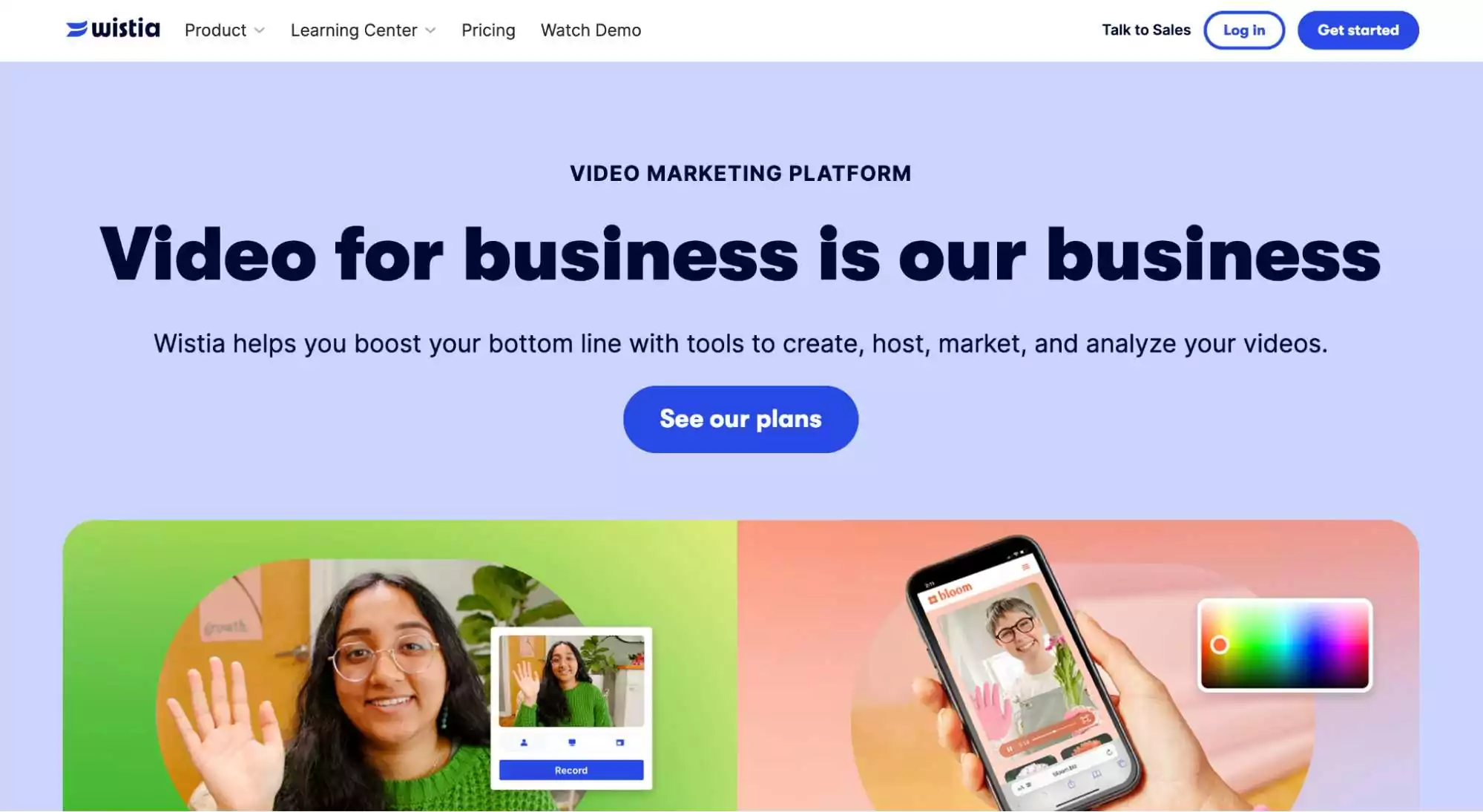
Wistia is a dedicated video sharing platform for businesses. It lets you host videos and share them with anyone online. There are no social features to boost your discoverability. Instead, you can embed the video on your website to spur engagement. This platform supports high-quality video formats, including 4K.
Wistia stands out for its extensive editing and customization capabilities. It provides professional editing tools you’ll hardly find anywhere else. It also has SEO features that help your videos get indexed by search engines. Likewise, there’s a comprehensive dashboard to monitor your video performance at all times.
Brightcove – Best for large media firms
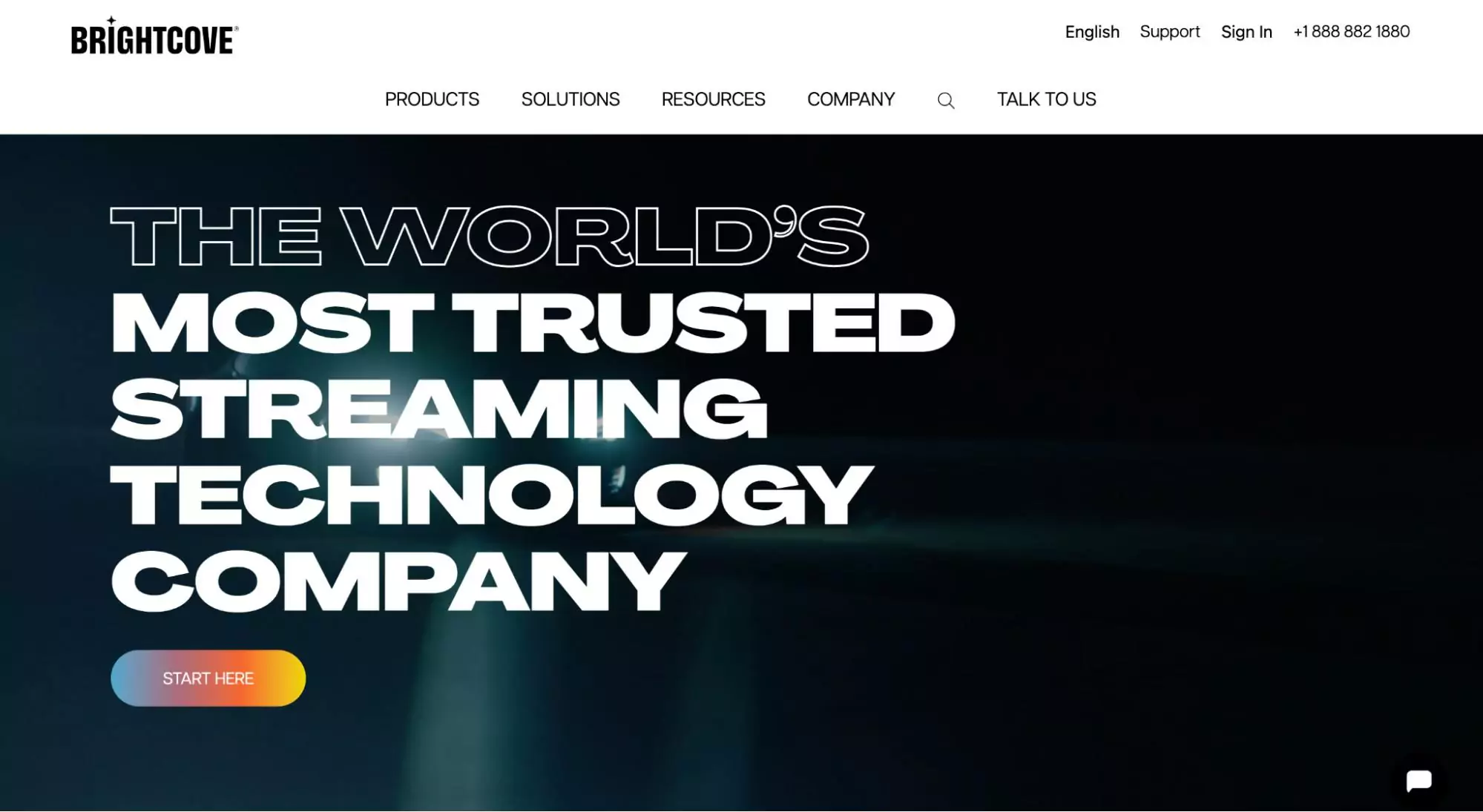
Brightcove is a sophisticated video sharing platform targeted at large content creators. It allows users to host a massive volume of videos with ultrafast speed and delivery. This platform is used by many streaming websites that drive revenues from display advertising.
The drawback is that Brightcove is too expensive for the average content creator. Pricing starts at $199 monthly and can run into thousands of dollars, depending on the features chosen. This platform is built for media companies with large audiences that make the high cost worth it. Small content creators are better off with the free alternatives.
Viddler – Best for medical videos
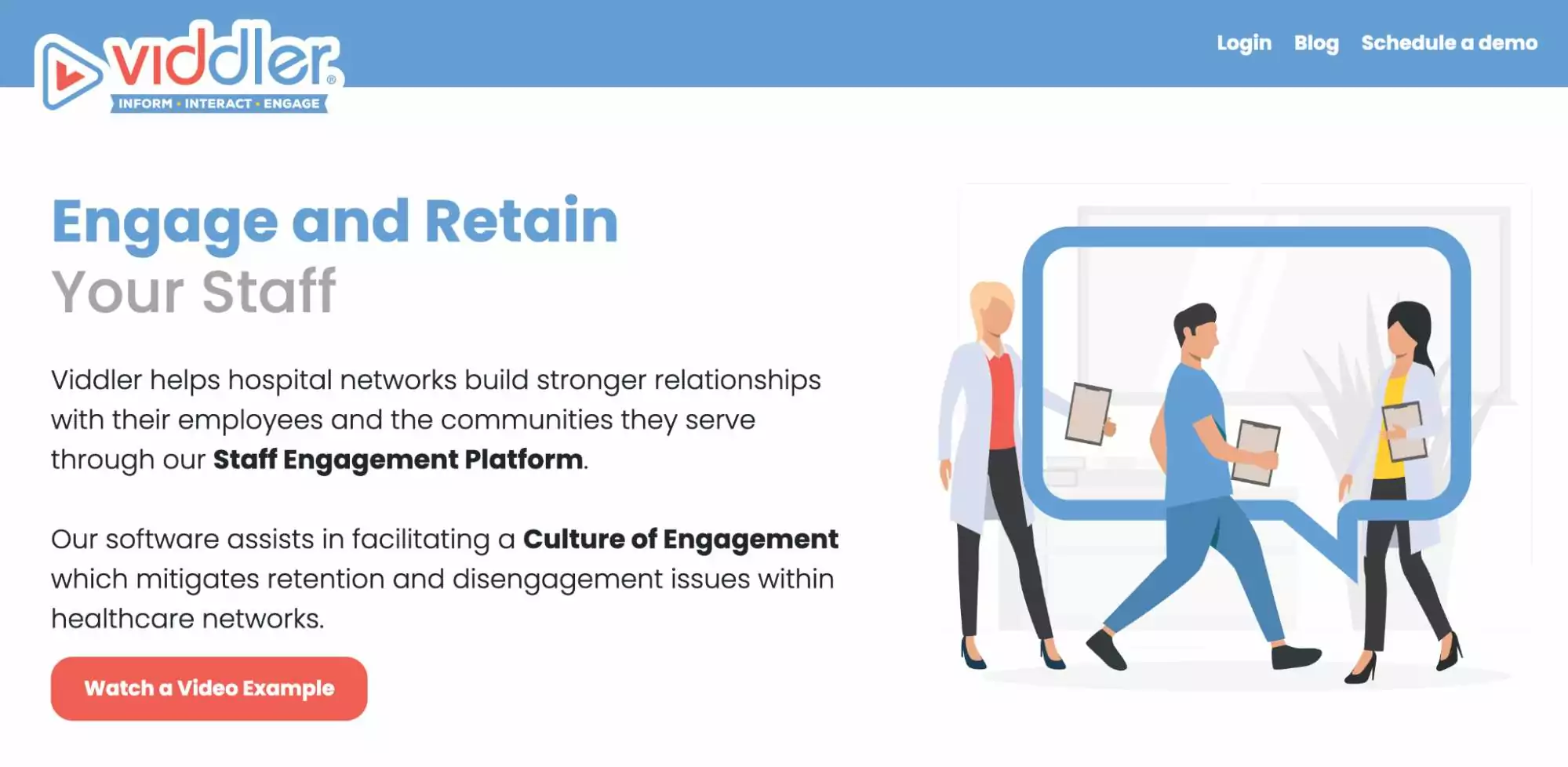
Viddler is a unique video sharing platform for medical content. Hospital networks use it to host educational videos for staff, helping boost productivity and patient outcomes. This platform has an excellent incentive system: people get points for watching and sharing videos. These points can then be redeemed for corporate-branded gear.
Viddler has extensive analytics. It lets administrators monitor critical metrics like highly engaged users, top videos, and the number of social media shares. The drawback is that Viddler is only suitable for the medical niche and no other.
LinkedIn – Best for business-related videos
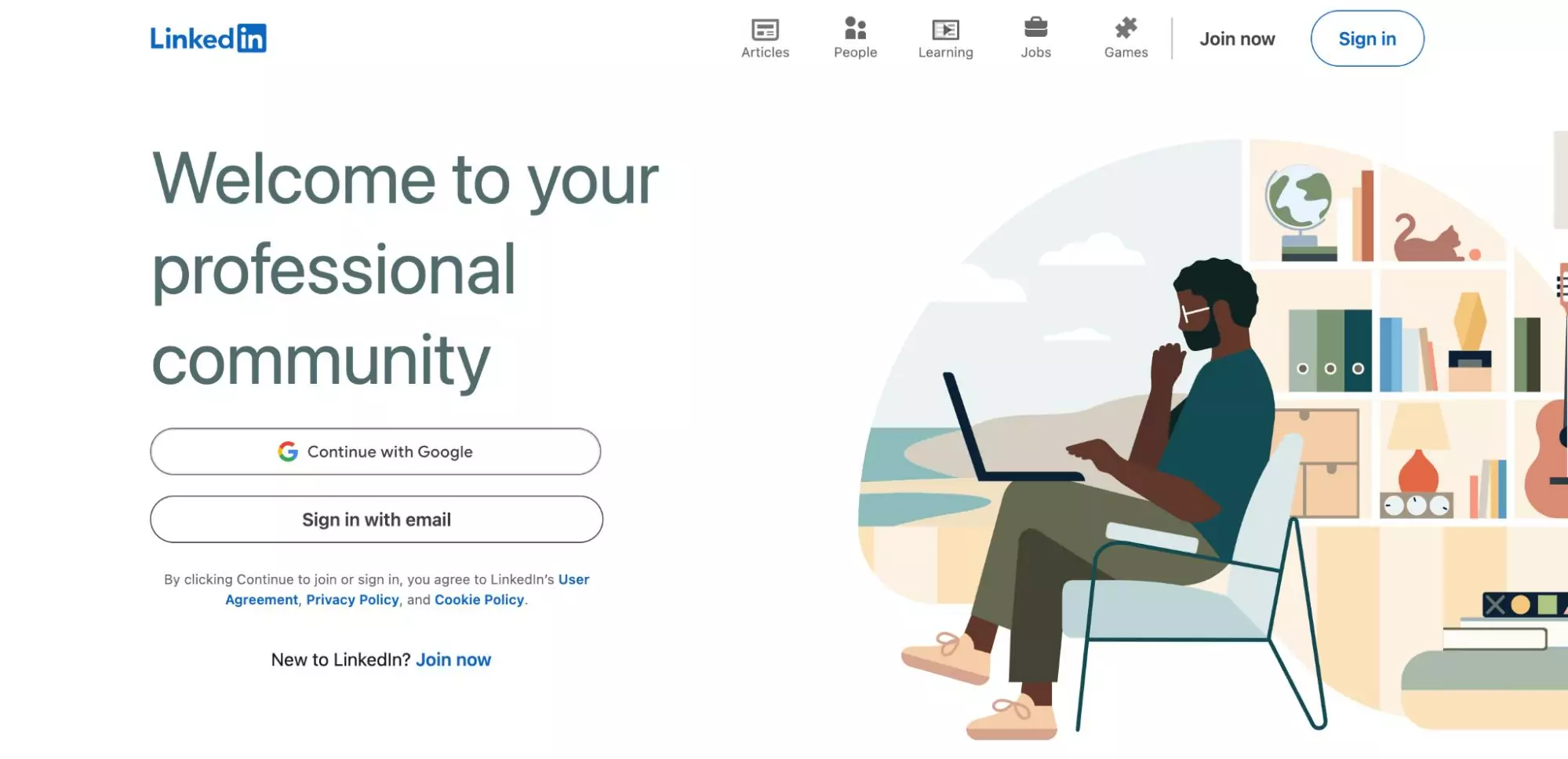
LinkedIn is the most popular business-focused social network and a good place to share videos and get views. With over 700 million users, it gives your videos a potential massive reach like few other networks. The key is posting content relevant to business, as this niche is what LinkedIn is about.
This platform has some unique features worth knowing about. The maximum video file size is 5 GB, and the maximum video duration is 10 minutes. LinkedIn compresses video quality, especially if the size is close to the 5 GB limit. However, videos uploaded in the MOV format tend to retain higher resolution than MP4 and other formats.
What should you consider when selecting a video sharing platform?
1. Ease of use
You need a video sharing platform that’s easy to use, both for you on the backend and people watching your videos on the front end. There’s no need to have videos if your target audience struggles to find them. Hence, look for a video sharing platform with an intuitive interface that users can easily navigate.
2. Analytics
You don’t just create videos and call it a day. You need to analyze performance and engagement, determining whether your target audience responds well to your content. If not, it’s a signal to tweak your video strategy and monitor the results.
An ideal video sharing platform should have an extensive analytical dashboard. This dashboard should allow you to monitor your views, likes, comments, and other metrics. You can also complement the internal dashboard with external monitoring tools like TubeRanker, Keyhole, and Sprout Social. This will help you quickly determine when to adjust your strategy for better results.
3. Content type
Different video sharing platforms excel at various types of video content. For instance, TikTok is perfect for short (30 seconds or less) videos, while YouTube excels at long videos. Twitch is primarily for gaming videos, and LinkedIn is ideal for business-related videos. Your video genre is crucial when choosing a platform to upload it on.
4. Video quality
Quality is critical when uploading videos. An ideal platform should support high-definition (HD) video quality or 4K ultra-high-definition (UHD) video if you’re uploading professional movies or documentaries. Yet, the platform should also support lower-quality formats for viewers with slow internet connections. YouTube excels in this area, supporting from as low as 240p to as high as Full Ultra HD (FUHD).
5. Search engine optimization (SEO) and discoverability
Search engines are the biggest source of organic traffic. Hence, your video sharing platform should enable you to optimize your content to rank high on search engines. You should be able to create descriptions, meta tags, and subtitles to enhance your video’s discoverability. The video sharing site itself should be open to search engine indexing.
6. Mobile-friendliness
Mobile devices account for 58% of online traffic, meaning any website for sharing videos should be optimized for mobile displays. Users should be able to view your content on their mobile devices without hassles; all elements should automatically adjust to mobile displays without manual input. Preferably, the platform should have a mobile app users can download and use on the go. The good news is that most video sharing sites on our list excel in this area.
7. Security and privacy
Uploading your video for public consumption doesn’t mean giving up all rights to it. You should have access to features that prevent your content from being downloaded or reproduced without authorization. Your account should have robust security features preventing hackers from tampering with it and accessing content without permission.
8. Monetization
Different video sharing websites allow different monetization strategies. Some share advertising revenue with creators or let you create subscription packages for viewers. However, you might encounter stringent requirements to qualify for monetization. For example, YouTube requires at least 1,000 subscribers to monetize your channel.
Fortunately, you can compensate for video platforms’ stringent requirements and monetize your content with Adsterra. You’ll send viewers to your website, which you’ll monetize with different ad formats.
Conclusion
Video sharing has become as easy as ever, thanks to platforms like YouTube, Vimeo, and the others on this list. These platforms let you seamlessly share videos online and convert engagement into website traffic you can turn a profit from. Adsterra lets you monetize your website traffic with ads in diverse formats and niches. Join now to gain access to high-quality ad offers.
FAQs about video sharing platforms
How can I improve my video performance on sharing platforms?
Create relevant video content for your audience and use enticing thumbnails to grab viewers’ attention. Add precise descriptions to make your videos discoverable and captions/subtitles to improve accessibility and engagement. Always consider audience feedback when creating new content, and you’ll likely observe an uptick in your views and engagement.
What are the benefits of video hosting platforms?
Video hosting platforms make it easy to upload and share videos online. They handle the hectic technical processes required to stream videos without interruptions, and your audience can view your content whenever and wherever. They enable broader reach and enhanced discoverability for your videos.
Are there privacy concerns when using video-sharing platforms?
Yes, video sharing platforms expose you to potential copyright infringement and unauthorized use of your videos. For example, someone could reupload your video and claim it’s theirs or upload it on another platform without permission. However, most video sharing platforms provide features to counter these concerns, e.g., You can password-protect your video and file copyright infringement complaints.
What is the most secure video sharing platform?
There’s no single most secure or best video sharing platform. However, some private video sharing platforms offer unique features to prevent unauthorized access, such as password protection, embed restrictions, and access control. Brightcove and Wistia are two good examples.
What is the best way to share large video files?
The best way to share a large video file is to upload it to a cloud storage service and send the link to the intended viewers. For example, you can upload the video to WeTransfer and share the link with your social media followers. Anyone who follows the link can watch or download the video without hassles.
How do you share large video files for free?
Google Drive and Dropbox let you upload large video files for free and share the link with your viewers. Google Drive offers 15 GB of free storage, and Dropbox offers 2 GB of free storage. Viewers don’t need an account to access the videos; the link alone lets them view or download your content.
